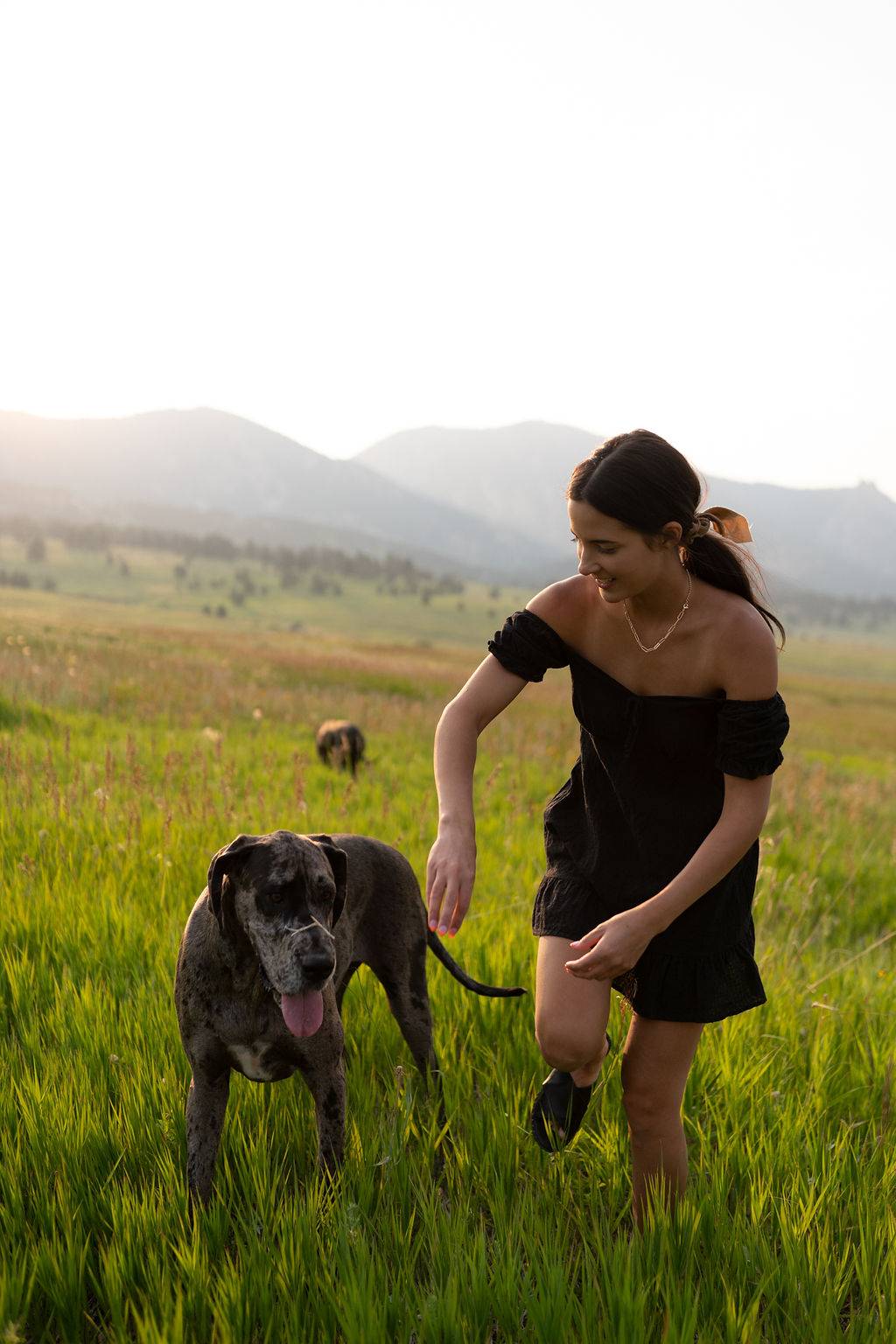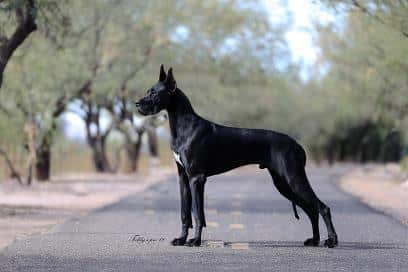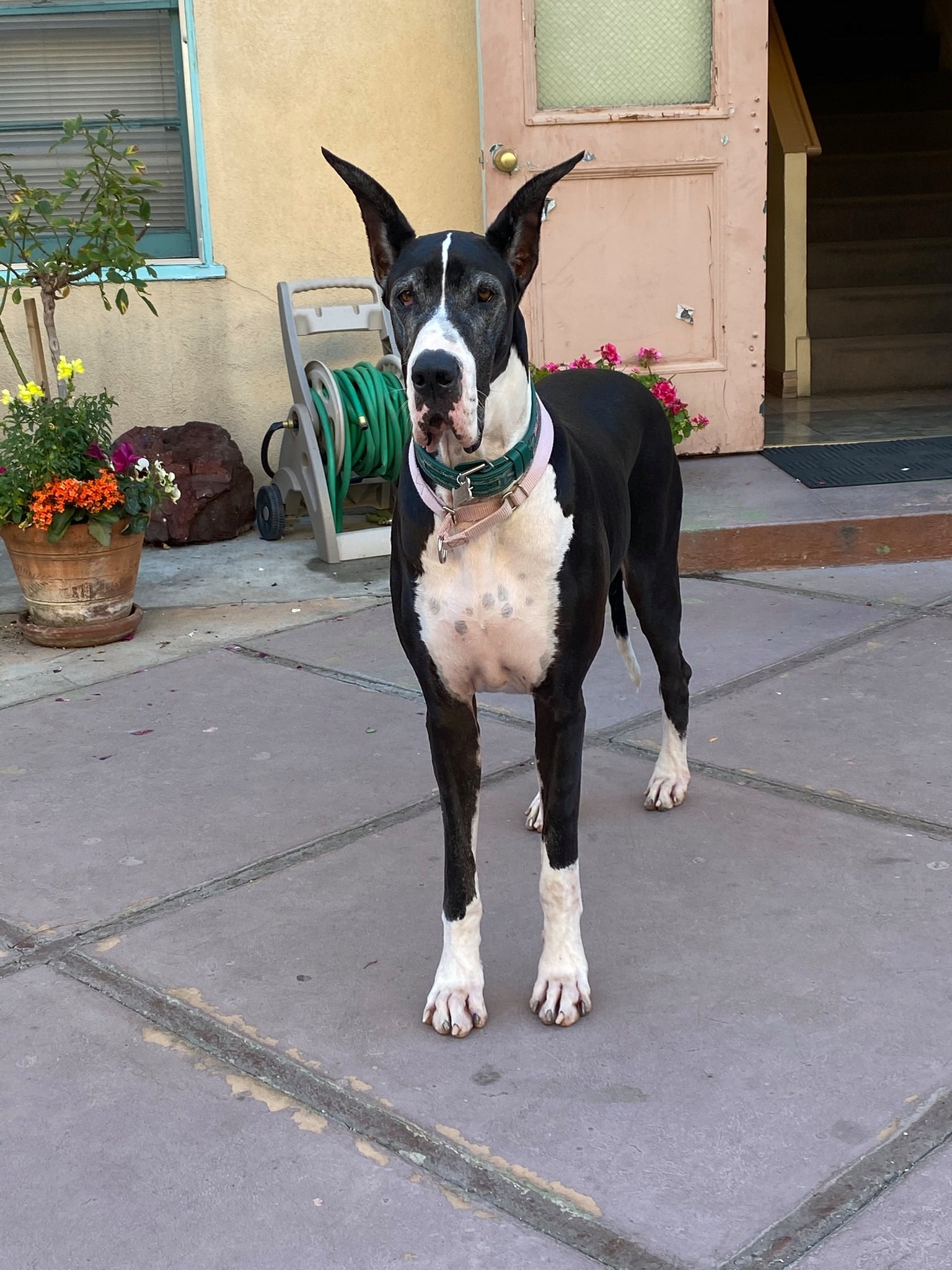
Did you know that the Merle Great Dane was not accepted as a standard AKC color until 2019? It’s true! If you ask us, that’s

Did you know that the Merle Great Dane was not accepted as a standard AKC color until 2019? It’s true! If you ask us, that’s

Great Dane skin bumps can be a common health problem that pup owners don’t need to worry about and they can also be a warning

Great Dane Dry Skin- a topic that many people struggle with. The winter months can be harsh on our skin, and the same is true

Do Great Danes shed? If you have a Great Dane, you may already know the answer! Great Danes are BIG dogs and with big dogs